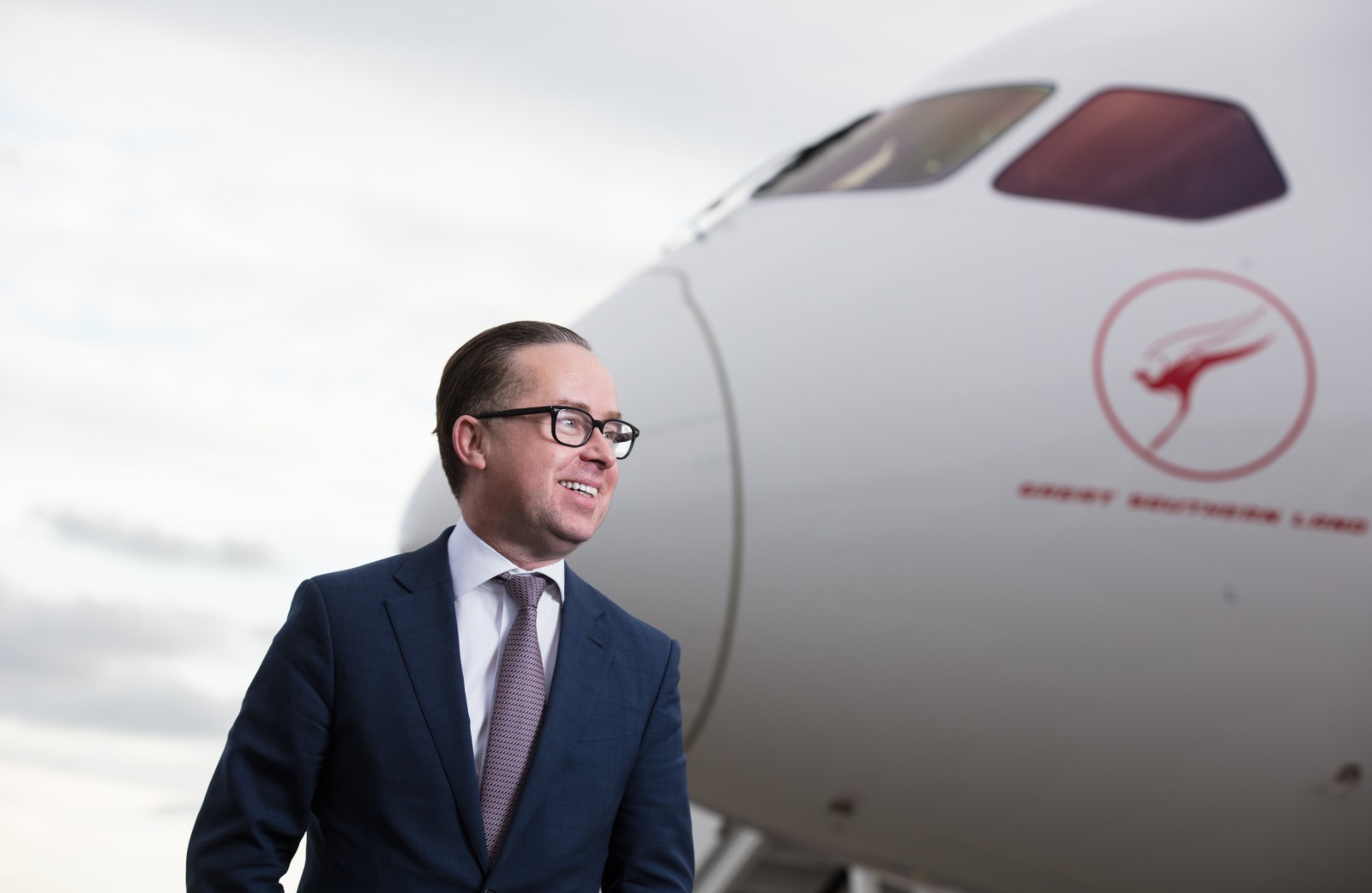All things on table for Qantas Project Sunrise cabins
04 June, 2018
4 min read
By joining our newsletter, you agree to our Privacy Policy


Qantas is looking to reinventing economy and premium economy seating for its new Project Sunrise hub-buster aircraft as it “reimagines” ultra-long-distance travel and considers concepts such as sleeping berths
The Australian carrier’s project ” is looking at non-stop services from Eastern Australia to New York and London using an aircraft capable of carrying about 300 passengers.
The project is in its early days and manufacturers are still investigating whether the Qantas requirements are technically feasible.
Airbus is looking at an ultra-long-range version of the A350 while Boeing is seeing what can be done to its new Boeing 777-8Xs to meet the Qantas requirements.
But Qantas boss Alan Joyce told reporters Monday the project was making good progress with both plane-makers and he was hopeful a technical evaluation would be finished this year.
READ: The plane all passengers will love moves closer
This would allow the airline to go through a request for proposal (RFP) process that would allow the airline to place an order for the aircraft in 2019 with delivery slated for 2022.
In addition to the technical requirements – whether the plane can make the distance Qantas with the required payload – Qantas International chief executive Alison Webster says it also needs to deliver the right economics and the right customer proposition.
“We will have intense and detailed discussions over the next few months with both our suppliers and also with seat manufacturers,” Webster said on the sidelines of the International Air transport Association annual meeting in Sydney.
“We’ve recently put out the challenge around the premium economy and economy seating in that Sunrise aircraft cabin to see what kind of step change we can create for our customers.
“We’re also looking at flexibility and different zoning uses on those aircraft.
“In fact, to be honest, all things are on the table right now as we work through the development phase.”
Webster said the airline still moving around the final numbers on the new plane’s capacity and had been looking at four-cabin configuration.
However, she emphasized do definitive decisions had been made and it was still defining what it meant by zoning.
“What we do know is we want to have multi-function capability on the aircraft,’’ she said. “This is about re-imagining how ultra-long-haul travel will take place and we are cognizant for that period of time on an aircraft we will need to provide options and flexibility for our customers.’’
She agreed these potentially meant areas such as bars and social spaces.
“You’ve already seen Airbus come out with the berth idea in the cargo hold and having flexible spaces there,’’ Joyce added. “So there are some really good ideas coming from the manufacturer, from our team and we’re bouncing ideas off each other about what you could do with space if the aircraft hasn’t got the full capability of all 300 seats.
“Is there something else you could do there that could bring value?”
The Qantas boss also indicated the Flying Kangaroo was in no rush to provide in-flight wi-fi on its international services.
He noted the domestic service used high-powered Ka-band satellites to introduce a high-speed, customer-friendly service on its domestic planes that allowed every one of the aircraft to stream Netflix.
But he described an international product using the older Ku band technology as “terrible”.
He said Qantas expected international regions around Australia to be covered by the Ka service by 2020-21.
This meant the project Sunrise aircraft would probably come with high-speed Ka-band wi-fi.
“We don’t want a sub-standard product and bizarrely if you put Ku on, you have to rip it off and put new antennas, new equipment in to get yourself ready for the new one,’’ he said.
“So that’s the reason we don’t have it internationally. We want to be as good as the best and we’re a little bit away from the technology.’’
Get the latest news and updates straight to your inbox
No spam, no hassle, no fuss, just airline news direct to you.
By joining our newsletter, you agree to our Privacy Policy
Find us on social media
Comments
No comments yet, be the first to write one.

